NOTE: THIS IS A 1 day process from when the plate has the ‘gum Arabic coat’ is removed.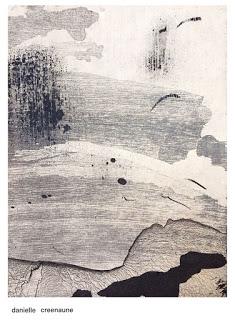 In my research on this subject, Mokulito is often referred to as an “easy process”. Being as I'm a printmaker I have the feeling that this is not true…..but…..on hearing a ’summary’ of the steps involved. I can appreciate why the tag ‘easy’ is used.
In my research on this subject, Mokulito is often referred to as an “easy process”. Being as I'm a printmaker I have the feeling that this is not true…..but…..on hearing a ’summary’ of the steps involved. I can appreciate why the tag ‘easy’ is used.
Mokulito is a printmaking method that's been around since 1970’s. I won't go into the who and the when ie the history here. It's the process that particularly interests me.
NOTE: using oil based inks, it can be printed on either a relief or an etching press (seems to work better)
Step by Step
PLATE/MATRIX.............What kind of wood?
Plywood sheets, such as maple-veneer, birch or beech any kind of plywood seems to be OK except pine. I would use Birch plywood as I have several pieces of these in my studio.
Apparently Birch gives a blurry effect, with visible grain, but then that might give an effect that I particularly like.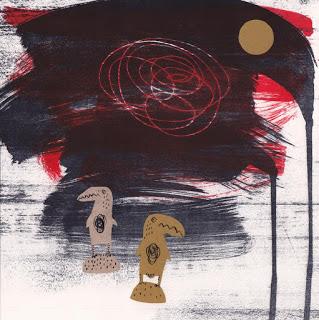
The next step is apply a layer of milk, wipe clean and let it dry, sandpaper it again wipe and apply a layer of milk, and let it dry.
Create an image onto wood using tusche in liquid and stick form and litho crayons and pencils I have heard that you can also use Sharpie oil based markers and Sakura ‘solid’ markers. It's OK to do a pale lightweight pencil drawing first and then go over it, with litho pencils sticks crayons etc Brush on the ink quickly to prevent little liquid pools of liquid forming.
Above: Caroline Whitehead (Mokulito)
When you are finished with the drawing, give a very fine dusting of talcum powder to the plate). Then sponge on the liquid gum Arabic or it can be applied with a wide bristled brush all over the surface of the plate.
To process: allow the gum Arabic to dry for a few hours (2 hours absolute minimum) or preferably overnight.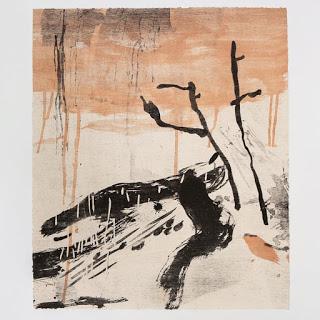
REMOVE the gum Arabic layer by gently going over the entire plate with water using a sponge.
INKING UP
To print, you can use etching or litho ink. It's important that the ink be VERY loose.
It is ‘advised’ that one should use a foam roller from a DIY home decorating store.
Above:Danielle Creenaume (Mokulito)
I plan on trying to use my speedball soft rubber rollers first, in the hopes that it will suffice.
PRINTING UPApparently the inked plate can be printed on either an etching or relief press using oil based relief ink. Sponge in between printing your proofs to keep the plate wet.
I would start of course by just getting the hang of the process itself and thereafter make more plates with different images and then interplay/ interlayer them.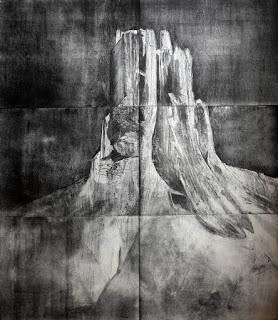
I have also read that you can, of course, carve onto the wooden plate as well.
One thing I am wondering about is whether it will be possible to do that gum Arabic photocopy(or later print) transfer process onto the wooden plate?
Kathryn Desforges "tree stump" mokulito
Actually I came across an article/tutorial on Kate Desforges website about making ‘gum Arabic litho transfer paper’ and that sound very interesting so I would have to try that as well once I got to grips with the basic process.
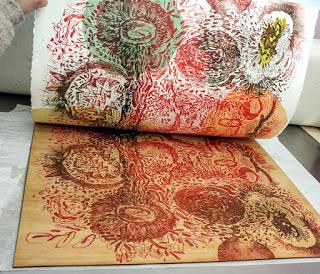
Above: Elly Prestegård who works in a range of techniques including (as here) Mokulito.
Go treat yourself and take a visit to Elly's website...you will enjoy it.
There is an Article on Danielle Creenaumes Mokulito studio exploits in the latest issue of the magazine https://www.pressingmattersmag.com
